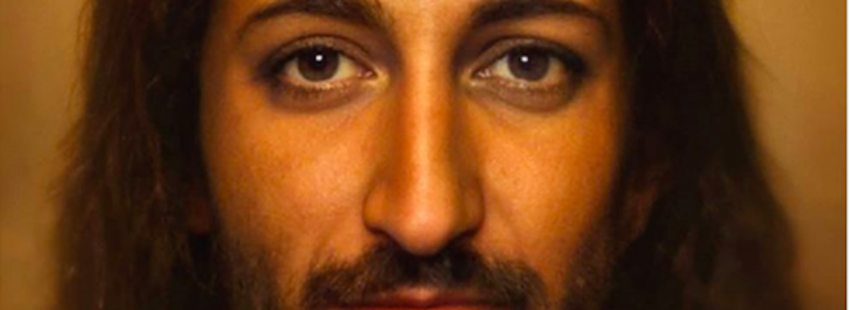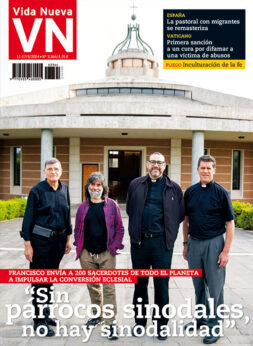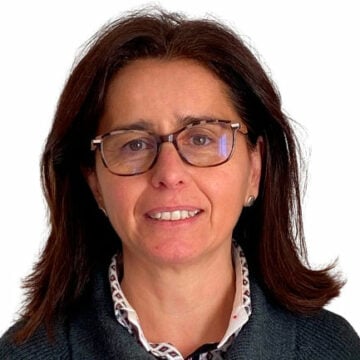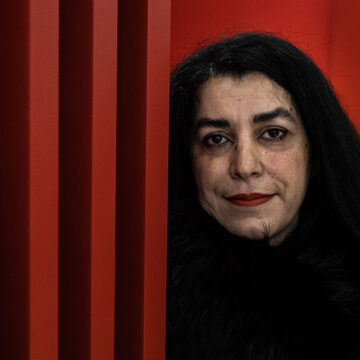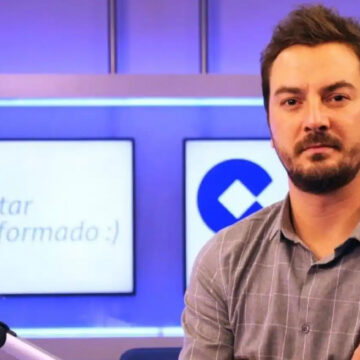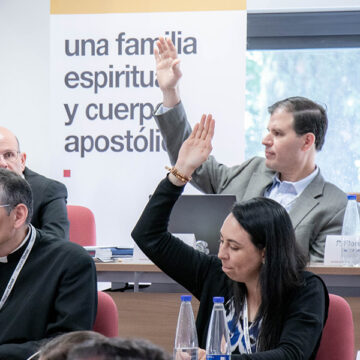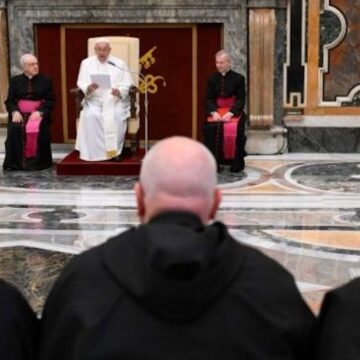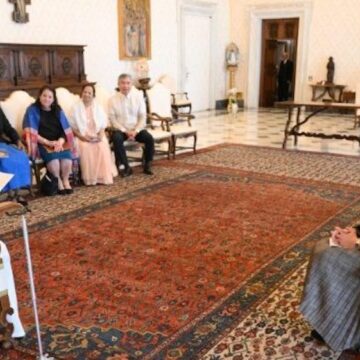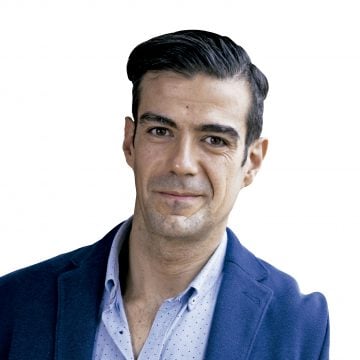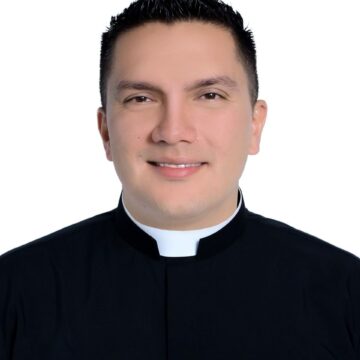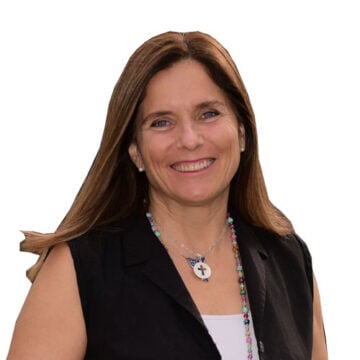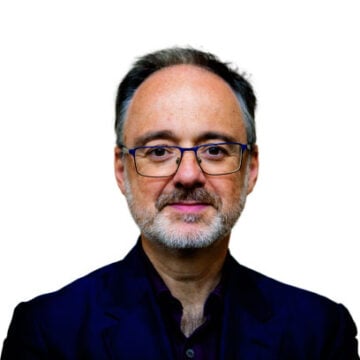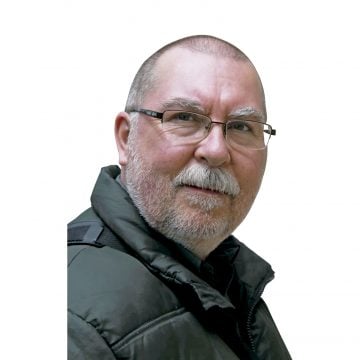El fotógrafo holandés Bas Uterwijk, especializado en crear imágenes fotorealistas a partir de pinturas y esculturas, ha elaborado dos retratos de Jesús con la ayuda de inteligencia artificial, tal como recoge Katholisch. La primera imagen fue publicada por el artista a principios de septiembre en su cuenta de instagram.
- LEE Y DESCARGA: ‘Un plan para resucitar’, la meditación del papa Francisco para Vida Nueva (PDF)
- Regístrate en el boletín gratuito y recibe un avance de los contenidos
Esta fotografía, tal como explica él mismo en la publicación, está basada en distintas pinturas y en la Sábana Santa de Turín. Para elaborarla, combina diversas fuentes de imágenes con software gráfico basado en redes neuronales. Así, sobre la base del ‘Salvator Mundi’ de Leonardo da Vinci y distintas pinturas del Renacimiento y la época bizantina, Uterwijk ha añadido rasgos étnicos “para crear un rostro que se vea más creíble en el Medio Oriente”.
Una imagen más relaista
Si bien este primer retrato de Jesús cumplió su propósito de “representar una tradición cultural colectiva”, carecía de precisión histórica. Para el nuevo retrato, Uterwijk retiró las influencias del Renacimiento para sustituirlas por un pelo y una barba que se ajustan más a la habitual en la época de Jesús.
Incluso utilizó un “software gráfico que parte de los retratos de momias, como eran comunes en Egipto a principios del primer siglo”. De esta manera, tal como explica el autor, “el resultado es más bien una idea artística de cómo podría haber sido este hombre que una búsqueda científica de cómo sería”.
